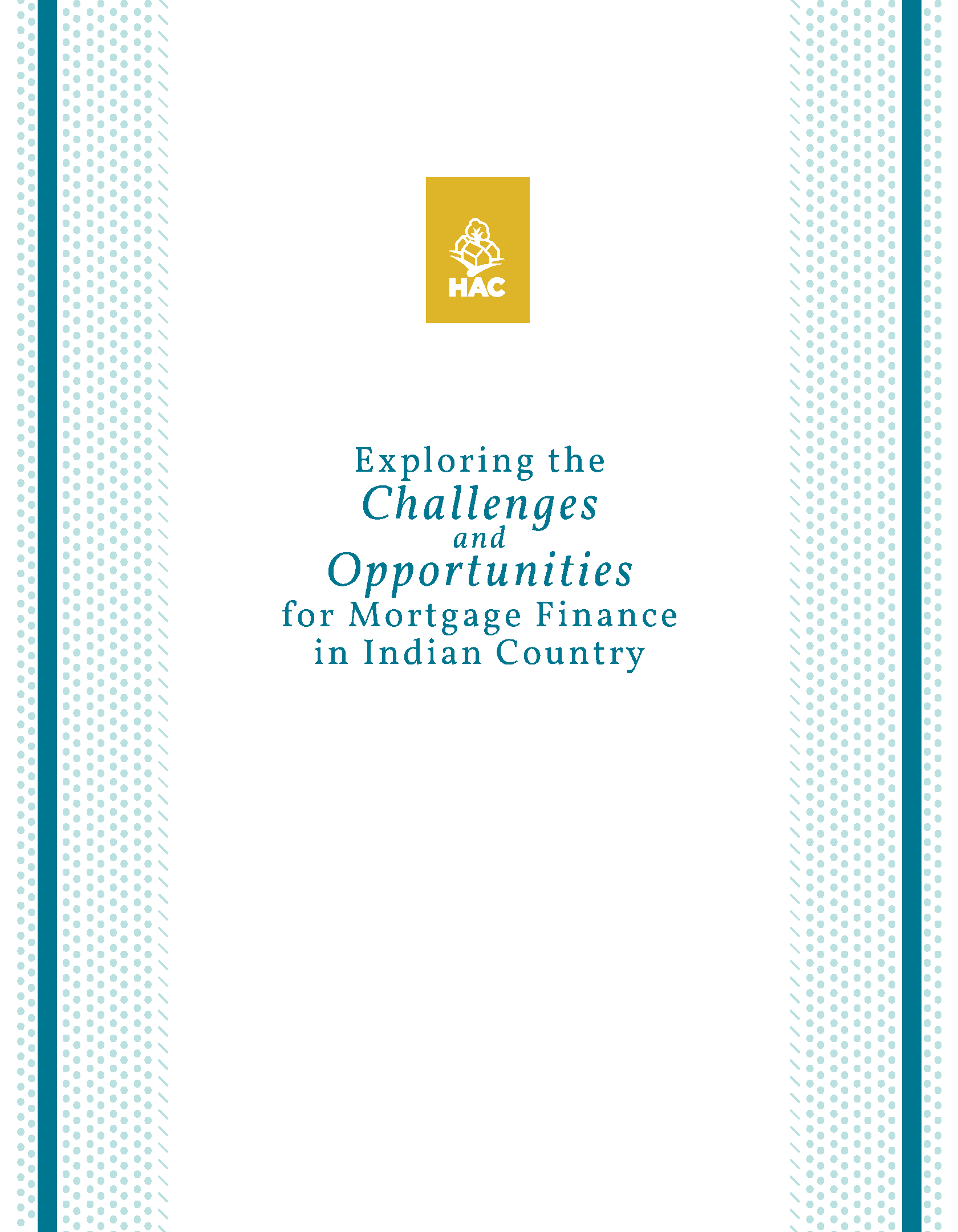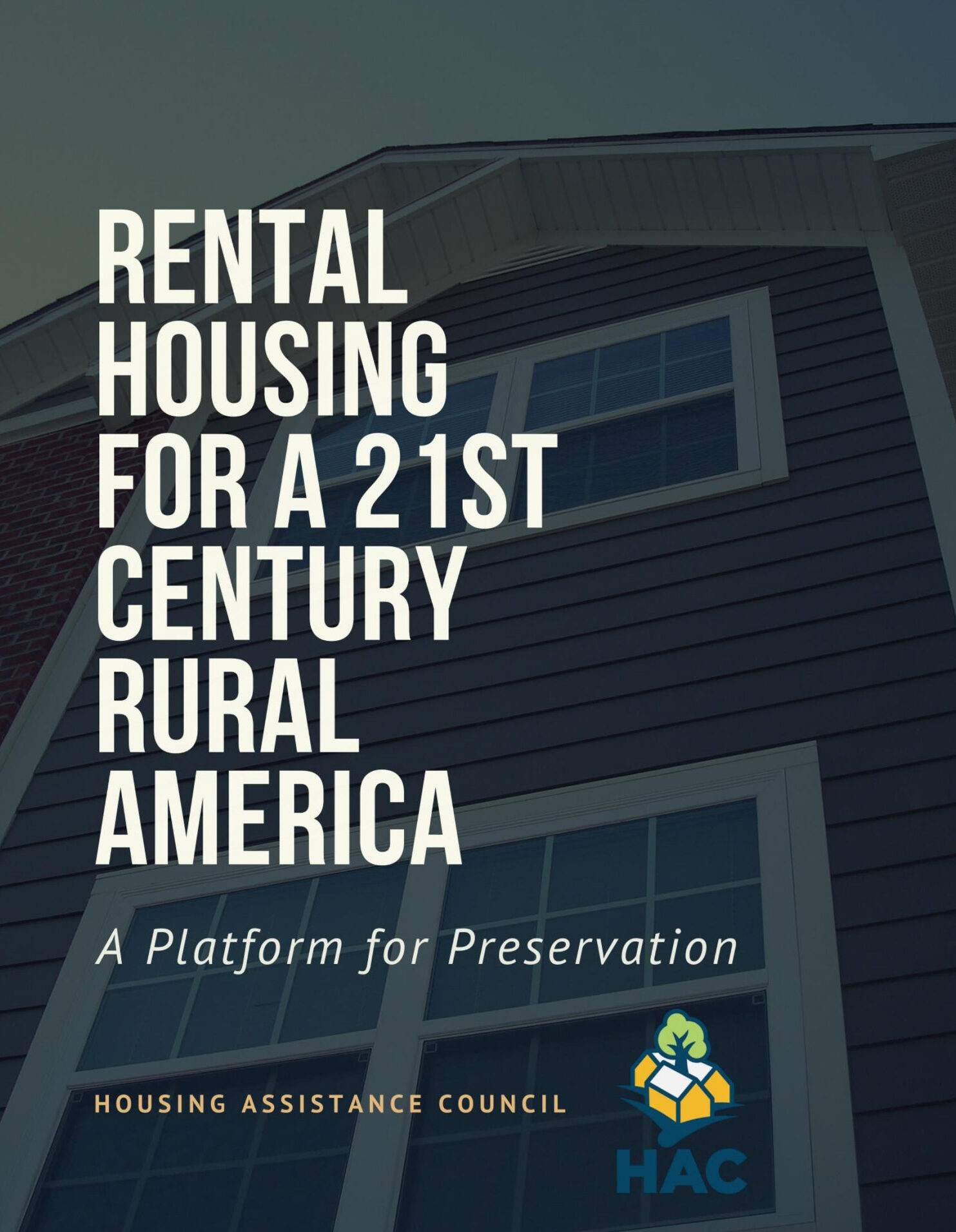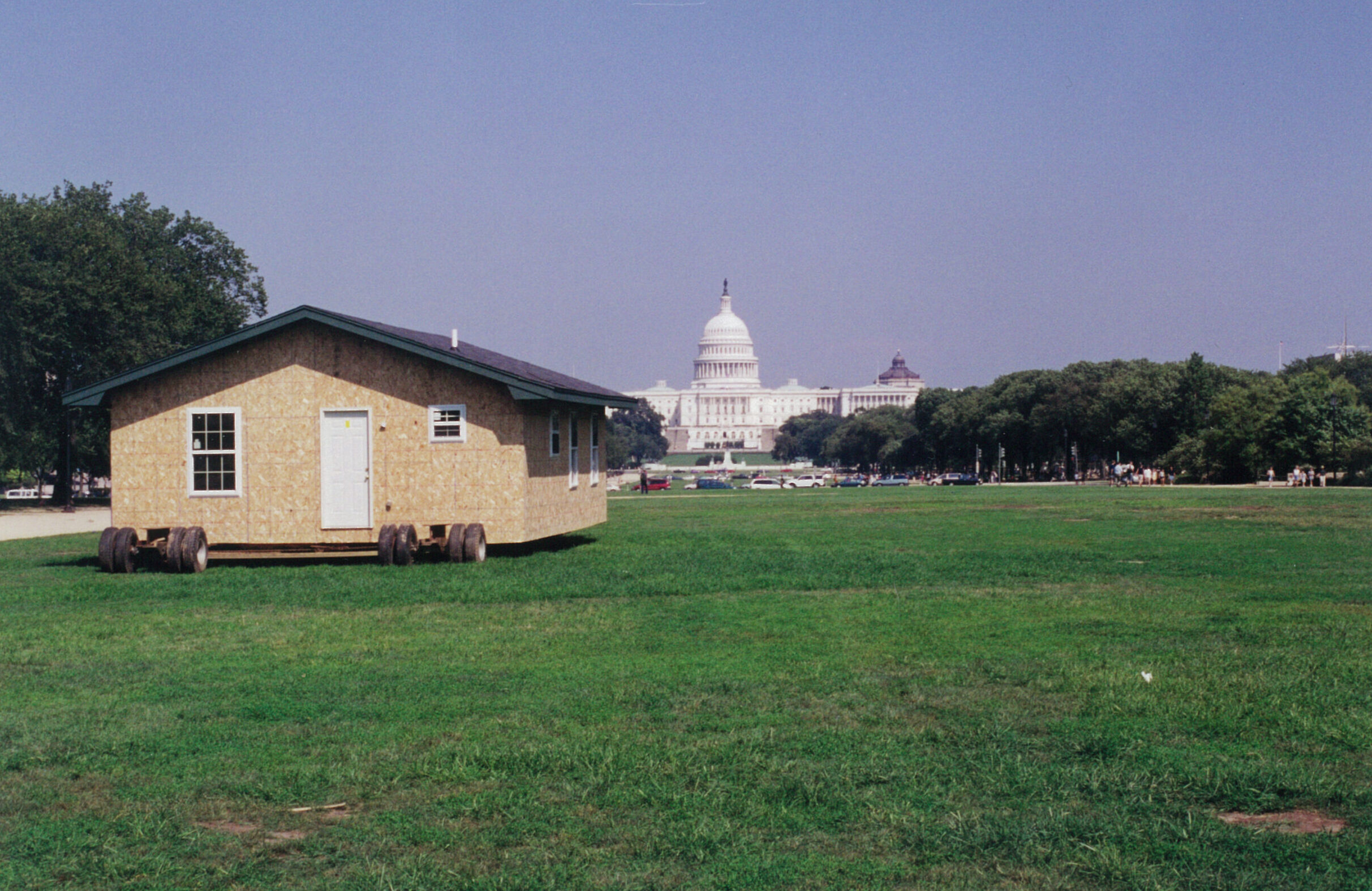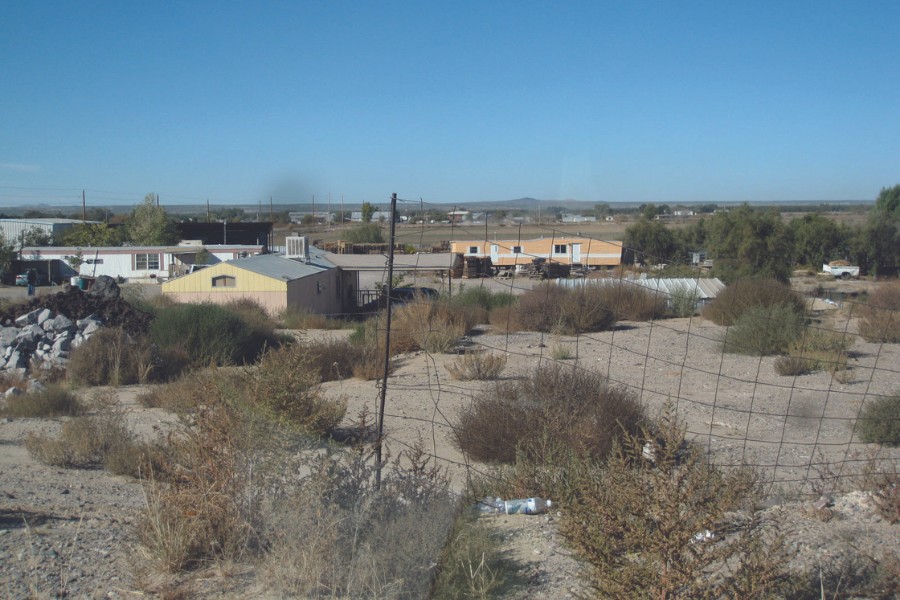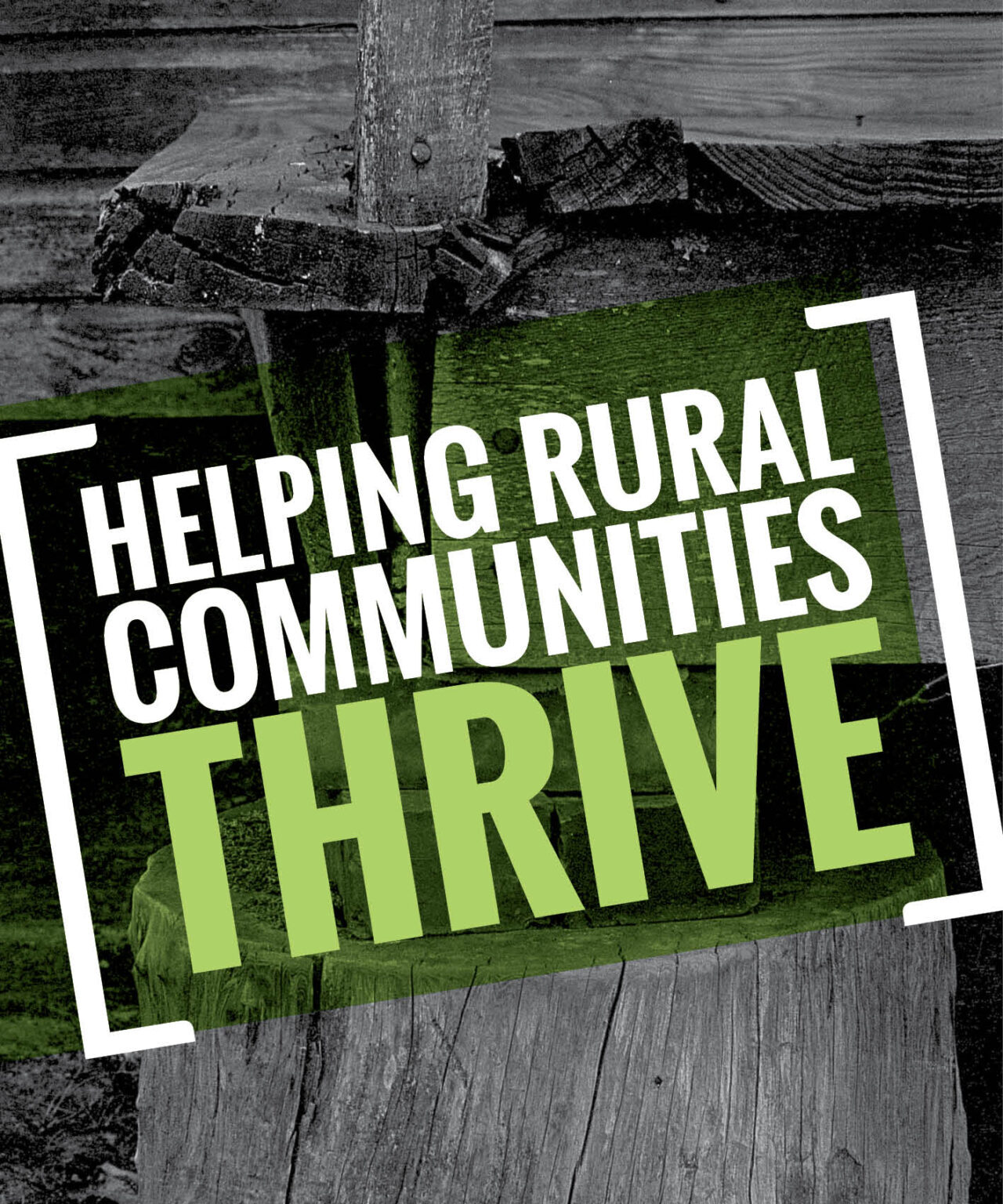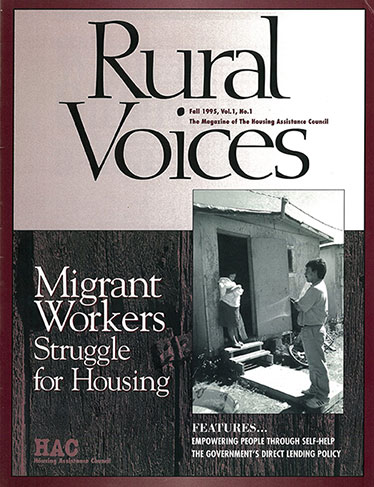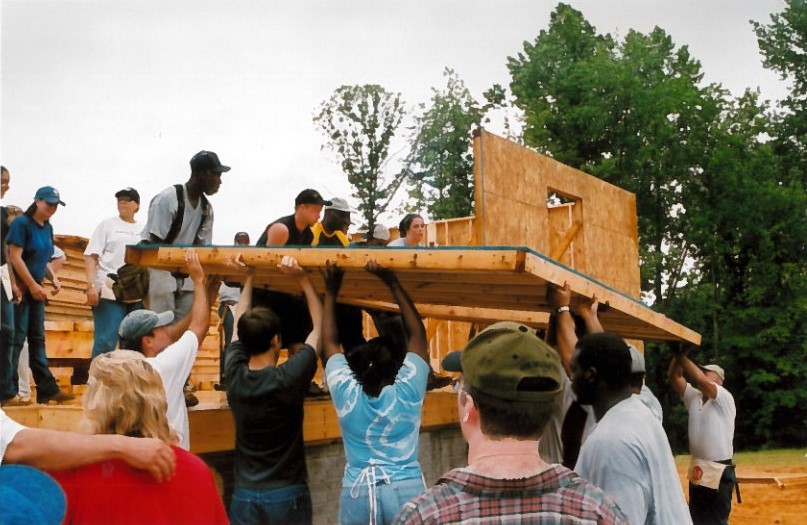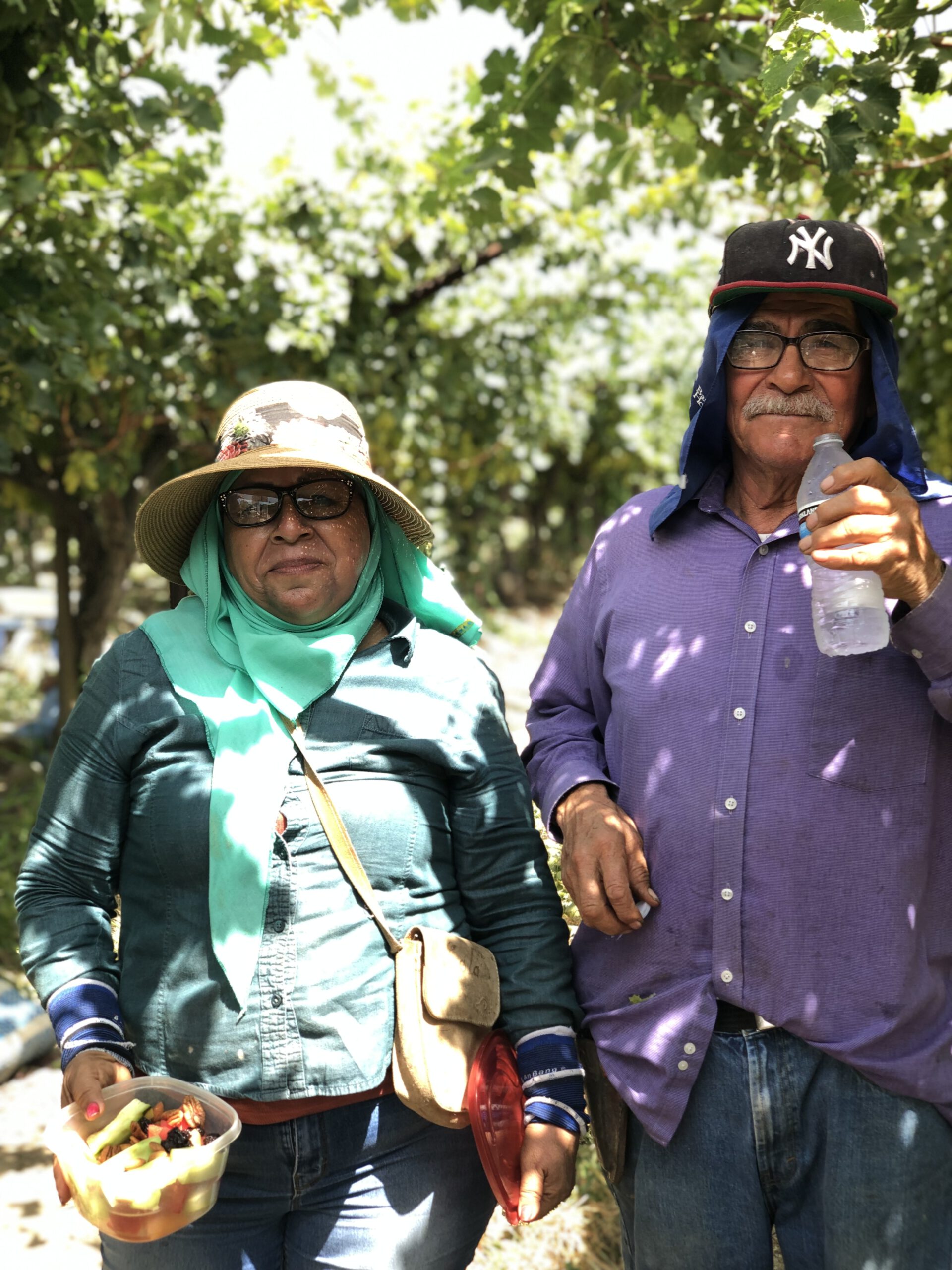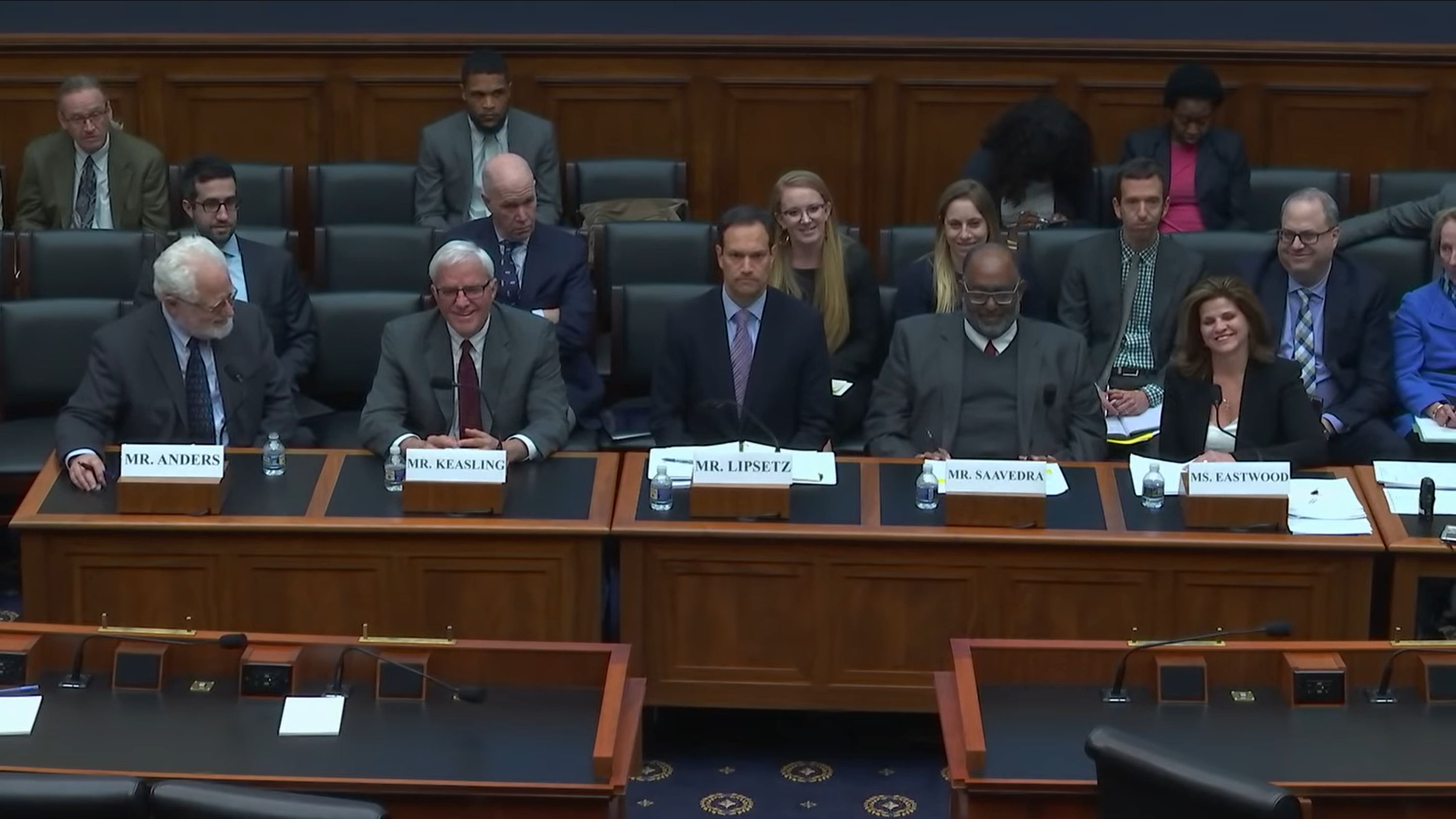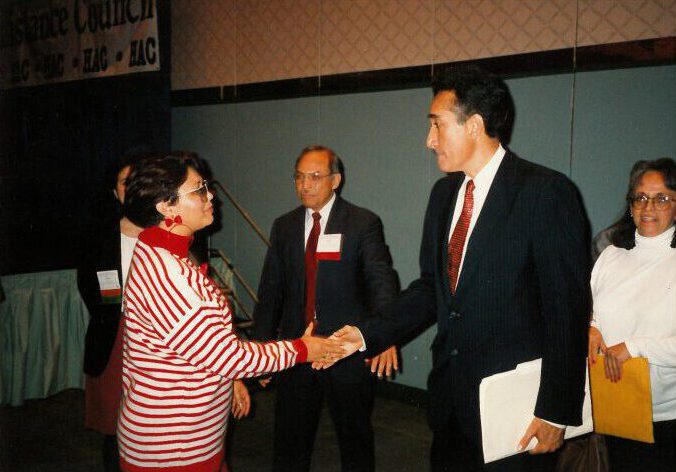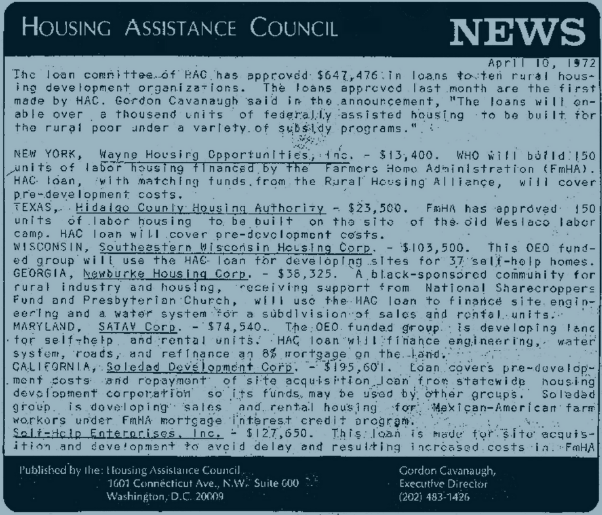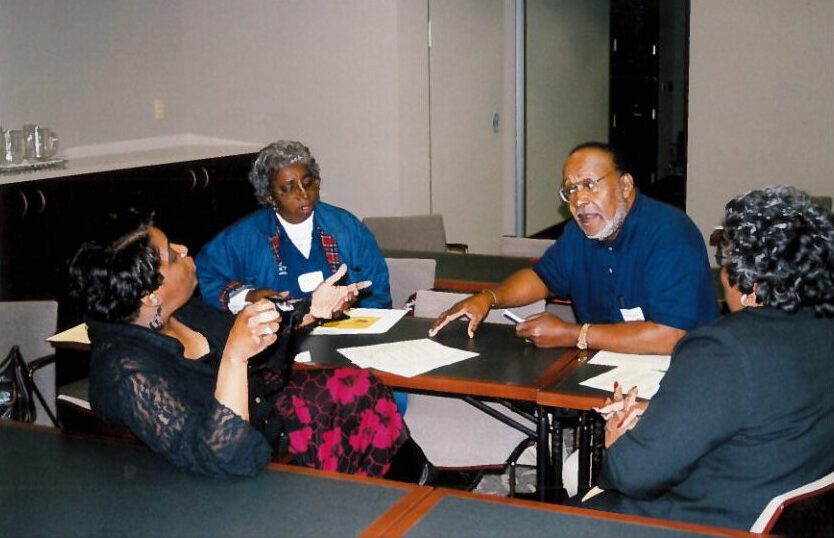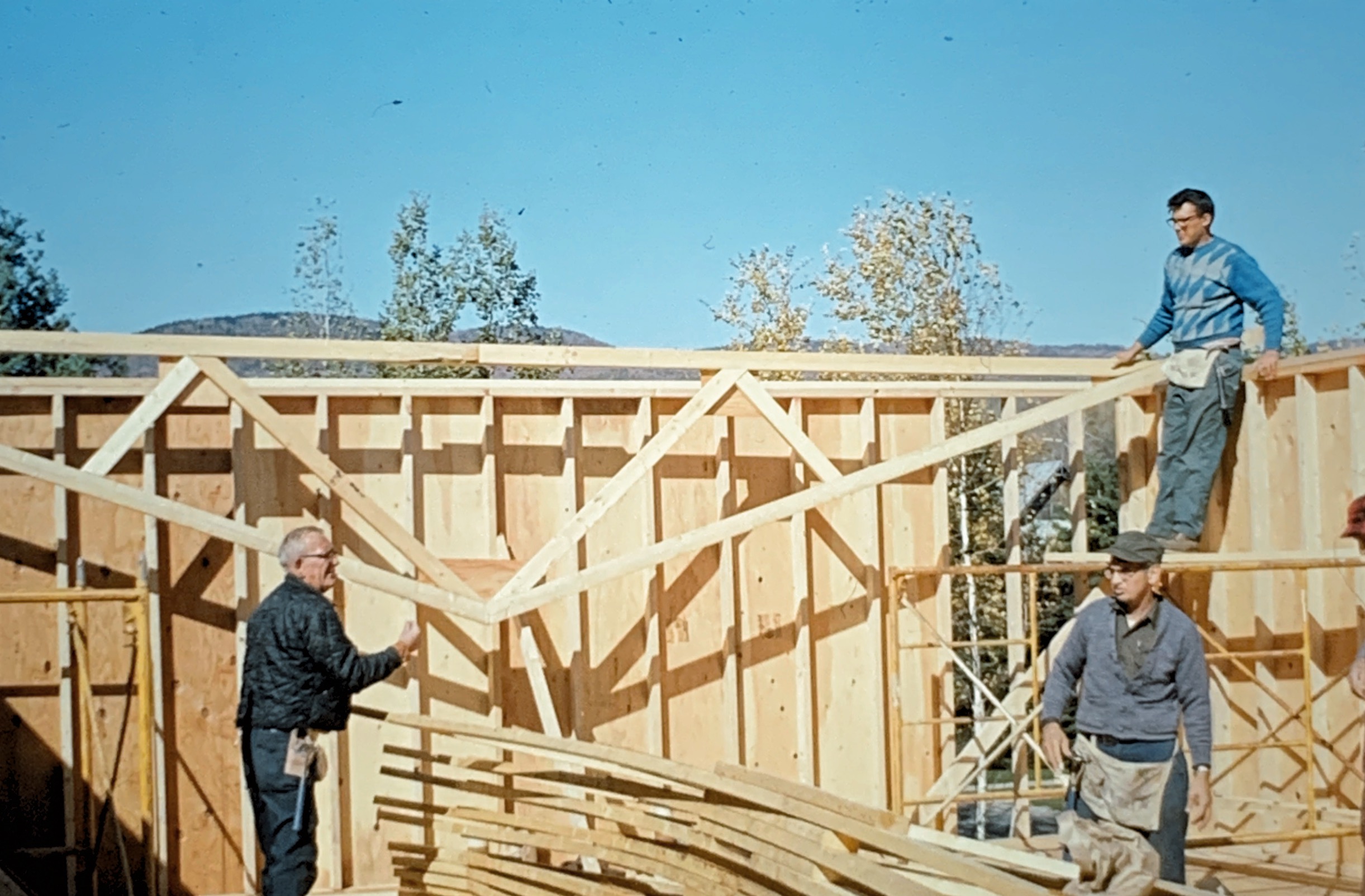2010s
Unfortunately, nearly 3 million of our nation’s veterans live in inadequate housing. According to HUD’s 2020 National Point in Time Homeless Count, over 37,000 veterans are homeless, 17% of them in rural areas. With critical backing from The Home Depot Foundation, HAC’s Affordable Housing for Rural Veterans initiative supports nonprofit housing organizations that provide or maintain affordable homes for veterans in rural places. Since 2013, the initiative has invested approximately $3 million in grant funding to 61 nonprofits to support the rehab, modification, and development of 615 homes for veterans.

